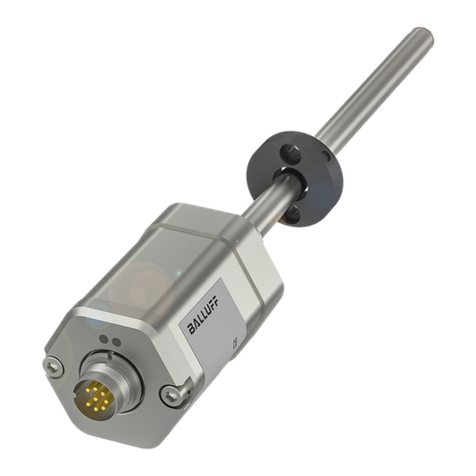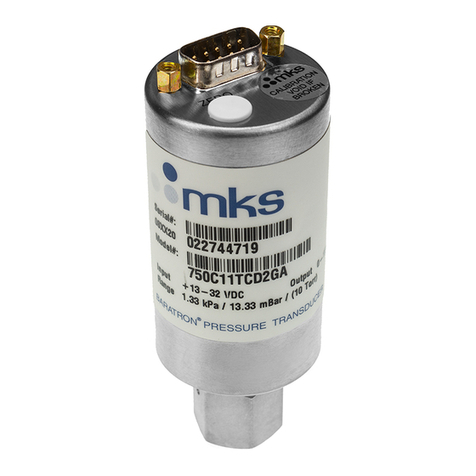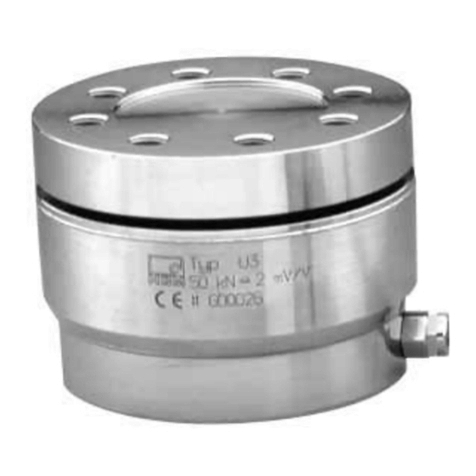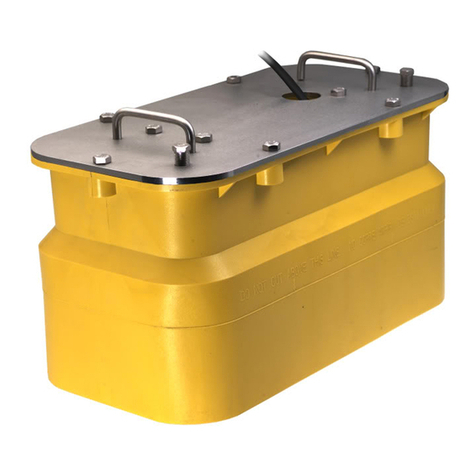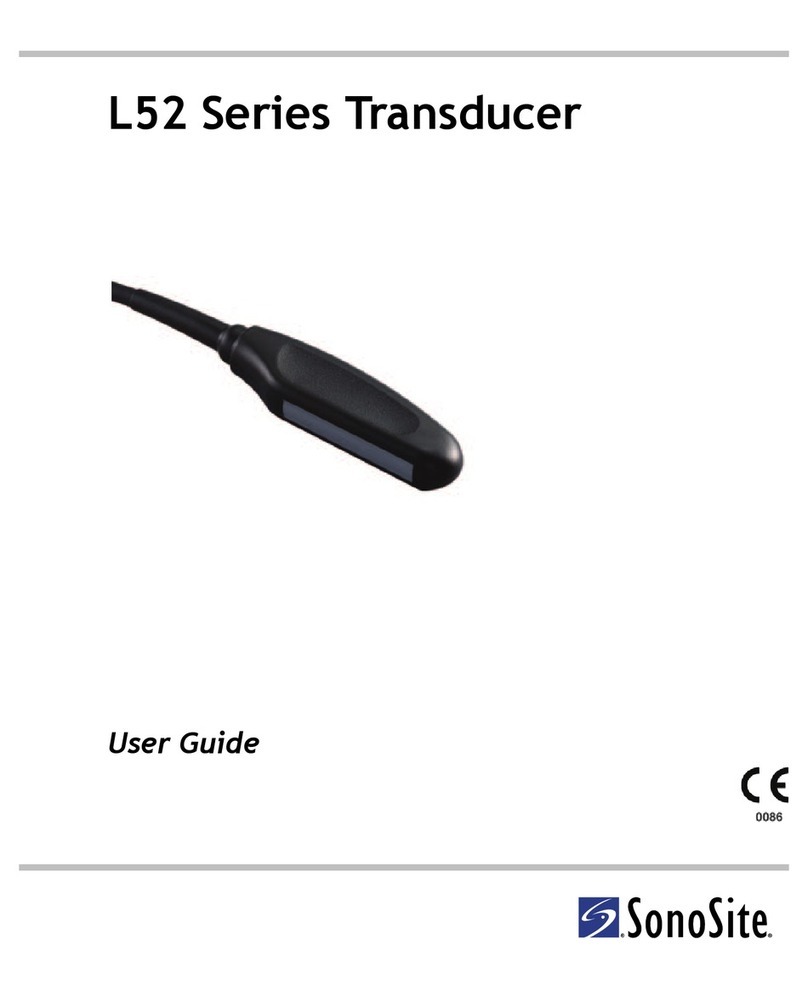Wilcoxon PC420VP Series User manual

Wilcoxon Sensing Technologies
20511 Seneca Meadows Parkway, Germantown MD 20876, USA
Amphenol (Maryland), Inc d/b/a Wilcoxon Sensing Technologies
Tel: +1 (301) 330-8811
Tel: +1 800 WILCOXON
Fax: +1 (301) 330-8873
www.wilcoxon.com
78001 Rev B 09/17
PC420 series installation guide
4-20mA series transducers
Loop Powered Sensors (LPS®)
Caution: This guide should be read carefully before installation

78001 Rev B Page 2 of 8
Safety section
PC420-series vibrationtransducers can be safely installed when the instructions inthis manual are
carefully followed. This section summarizes the safety considerations. Reminders in the form
described below, will appear in the detailed instructions to assure operatorawareness of these safety
considerations. Qualifiedpersonnel should install the PC420-series vibration transducers only after
becoming thoroughly familiar with this manual.
WARNING: This symbol is used in the instruction manual where the safety of the operator
must be considered. The instruction manualshould be consulted and read carefully.
CAUTION: This symbol is used when caution is needed to prevent damage to equipment. It is used
where careful attention to certain procedures described in the instruction manual is needed. This
symbol is also used to emphasize procedures other than normal operating procedures.
Safety summary
1. The PC420-series vibration transducers covered bythis installationguide do not require any
special precautions, protective devices or equipment.
2. Because the PC420-series vibration transducers are designed to be mounted on rotating
industrial equipment, personnel involved with the installation of PC420-series vibration
transducers shouldbe familiar with all plant safetyrequirements before beginning installation.
3. The PC420-series vibration transducers are hermetically sealed.
4. There are no user serviceable parts within the PC420-series vibration transducers.
5. Use commonsense and avoid haste during the installation of the PC420-seriesvibration
transducers!

78001 Rev B Page 3 of 8
Contents
1.0 Introduction………………………………………………………… 4
2.0 Applicable models………………………………………………… 4
3.0 Mounting……………………………………………………………. 5
3.1 Threaded stud…………………………………………………… 5
3.2 Cementing pad.......................................................................... 5
4.0 Cabling……………………………………………………………… 6
5.0 Technical assistance…………………………………………...... 8
5.1 Technical assistance…………………………………………… 8
5.2 Customer service……………………………………………….. 8

78001 Rev B Page 4 of 8
1.0 Introduction
This guide is designed toassist the user in the physical installation and wiring of theWilcoxon
Sensing Technologies PC420 series of vibration transducers. It is presumed that the user has already
selected the mounting location and model of PC420-series transducer to be used. Assistancefor the
selection, location, and use of these transducers is contained in the “Application Guide for PC420-
series LPS® Transducers” available from Wilcoxon Sensing Technologies.
2.0 Applicable models
This installation guide is intended for use with the PC420-series units with either velocity output
(PC420Vx-yy) or acceleration output (PC420Ax-yy) as well as those with dynamic output (PC420xx-
yy-DA or PC420xx-yy-DV).
PC420Vx-yy and PC420Ax-yy
The velocity or acceleration units are two-wire devices. The model number designations have a root,
PC420V or PC420A, designating the basic 4-20mAoutput as either velocity or acceleration. The
PC420V-series are velocity 4-20mA output. The PC420A-series are acceleration 4-20mA output. The
x-yy portion of the model number designates the type of signal processing and the full-scale range.
The signal types are VR or AR for “root-mean square (rms)” signal output and VP or AP for “peak”
signal output. The table below summarizes the models and full-scale ranges available.
Table 1 –PC420 model numbers for 2 wire output
PC420VR-yy
4-20mA velocity, rms
PC420VP-yy
4-20mA velocity, peak
PC420AR-yy
4-20mA acceleration, rms
PC420AP-yy
4-20mA acceleration, peak
PC420Vx-yy-Dzand PC420Ax-yy-Dz
The dualoutput units areavailable with both the acceleration and velocity 4-20mA signal outputs as
listed above and a dynamic signaloutput. The dynamic signal can be either velocityor acceleration,
-DV or-DA. This allows the user to select both the type of 4-20mA loop output signaland the type of
dynamic signal desired. The acceleration dynamic output (100 mV/g) and the velocity dynamic signal
is 100 mV/ips.
Table 2 –PC420 model numbers for dynamic signal output
PC420xx-yy-DA
Dynamic acceleration output, 100 mV/g
PC420xx-yy-DV
Dynamic velocity output, 100 mV/ips
-yy full scale
Velocity
Acceleration
-05
0.5 ips
5 g
-10
1.0 ips
10 g
-20
2.0 ips
20 g
-30
3.0 ips
N/A
-50
5.0 ips
N/A

78001 Rev B Page 5 of 8
3.0 Mounting
When using vibration transducers to measure vibration, the transducer must have direct contact
with the machine surface. Thetransducer should bemounted in a location thatminimizes the
vibration transmission route throughthe machine. Avoid mounting the transducer onthin sections
or vibration free areas (antinodes).
Direct stud mounting, epoxy and cementing pads are usedfor permanent installations.The
transducer can be directly mounted by tapping a hole into the structure and attaching the transducer
with a threaded stud. Cementing pads can be epoxied in place of the tapped hole; the transducer is
then mountedto the pad. In some cases, thetransducer can be mounted directly to the machine
using epoxy.
Cementing pads approach the capabilities of stud mounts when usedproperly. Thefollowing
are recommended permanent mounting procedures. Alternative procedures should be
evaluated with respect tofrequency response, grounding, and installationrequirements.
Adhesive selection is critical for long-term reliability; please consultWilcoxon Sensing
Technologies before other procedures and materials are used.
3.1 Threaded Stud
Stud mounting requires a tapped hole drilled directly into the structure. A
threaded stud provides electrical andmechanical connection between the
transducer and machine. The transducer requires a flat spot-faced surface
with a perpendicular tapped hole. The spot face must be 1.1 times larger
than the diameter of the transducer housing to ensure flush mounting. Burrs
between the transducer and the machinemust be eliminated. The centerline of
the tapped hole should be perpendicular within 1° of the mounting surface to
ensure nogaps are present between the base of the transducer and the
structure. The tap drill and spot face can be machined in one step using the
Wilcoxon ST101 Spot-Face tool. The ST101 will face the surfaceand drill the tap
hole perpendicular to the face in one operation. The drill supplied with the ST101
is sized for a 1/4-28 tap. Additional guidance onmounting procedures and techniques can be
obtainedfrom Wilcoxon Sensing Technologies Technical note 21, Mounting considerations. It is
available for download from theWilcoxon web site at www.wilcoxon.com.
The PC420-series transducers should be torqued to a value between 26- 30 inch-pounds.
3.2 Cementing pad
Cementing pads eliminate tapping into the structure, but provide high frequency
capability approaching stud mounts. The PC420-series transducers should be
mounted using a Wilcoxon SF8 cementing pad. The flat side is bondedto the
machine with an appropriate adhesive. The opposite side contains a 1/4-28 stud for mounting the
transmitter. Additional guidance on cementing pad mounting procedures can be obtained from
Wilcoxon’s Technical note 21, Mounting Considerations. It is available for download from the
Wilcoxon Sensing Technologies web siteat www.wilcoxon.com.
The PC420-series transducers should be torqued to 26 - 30 inch-pounds.
SF6 stud
SF8 cementing pad
ST 101
Surface preparation

78001 Rev B Page 6 of 8
J9F cable
R6Q connector
4.0 Cabling
Wilcoxon Sensing Technologies has cabling available with connectors alreadyinstalled for use
with the PC420-series vibration transducers. These cables are two-conductor, shielded, twisted
pair wire for the 4-20 mA loop output and three-conductor, shielded, twisted wire for the dual
output transducers. Isolated connectors are recommended for use with PC420-series
transducers to eliminate the possibility of ground loops when wiring to 4-20 mA loop inputs. The
cables listed below all use isolated connections for the shield at the transducer end of the cable
so that the shield will not be grounded at the transducer.
Stock cable model numbers for use with the PC420-series transducers are:
Table 3: Standard cable lengths for stock cables
Length
Cable
Use with
Feature
5 m / 16 ft
R6W-0-J9T2A-16
2-wire PC420
IP67 connector, Teflon, braided shield
R6W-0-J9T2A-16
2-wire PC420
IP67 connector, Teflon, braided shield
R6W-0-J9F-16
2-wire PC420
IP67 connector, Teflon, braided shield
R6W-0-J9F-16
2-wire PC420
IP67 connector, Teflon, braided shield
R6GQI-0-J9T3A-16
Dual output PC420
IP68 connector, Teflon, braided shield
Length
Cable
Use with
Feature
10 m / 32 ft
R6QI-0-J9T2A-32
2-wire PC420
IP68 connector, Teflon, braided shield
R6W-0-J9F-32
2-wire PC420
IP67 connector, Teflon, foil shield
R6QI-0-J9F-32
2-wire PC420
IP68 connector, Teflon, foil shield
R6GQI-0-J9T3A-32
Dual output PC420
IP68 connector, Teflon, foil shield
Cables can be manufactured in other lengthsfor an additional charge.
Connection
The PC420 Series Transducers are loop powered devices. There is no additional
signal conditioning equipment required for the transducers to function. The tables
below show the cable conductor wire colors for the J9T2A, J9T3A and J9F cable
assemblies listed in the previous section. The shield of the cable does not make electrical
contact with thecase of the PC420 seriestransducer. For other cable configurations,
contact your Customer sales representative at 1800WILCOXON.
Table 4: Output pin and cable conductor color designations fortwo wire PC420 series transducers
PC420xx-yy pin
Function
J9T2A
J9F
A
Loop power +
White
Red
B
Loop return -
Black
Black
Table 5: Output pin and cable conductor color designations for dual output PC420 series transducers
PC420xx-yy-Dz pin
Function
J9T3A
A
Loop power +
Red
B
Loop return/dynamic common -
Black
C
Dynamic signal output
White
J9T2A cable
R6W connector

78001 Rev B Page 7 of 8
Figure 1: Typical two wire installation wiring
CAUTION: The common for the dynamic output is also the return signal for the 4-20mA loop wiring.
Connecting this pin to ‘ground’ will usually short out the 4-20mAloop return resulting in a lossof the
4-20mA signal. The dynamic output is designed to be used by portable data collectors where no
direct connection to ground exists. It can also be used by on-line systems when their signal input is
galvanicallyisolated from ground.
Figure 1: Typical dual output installation wiring
CAUTION: The common forthe dynamic output is also the return signal for the 4-20mA loop wiring.
Connecting this pin to ‘ground’ will usually short out the 4-20mAloop return resulting in a lossof the
4-20mA signal. The dynamic output is designed to be used by portable data collectors where no
direct connection to ground exists. It can also be used by on-line systems when their signal input is
galvanicallyisolated from ground.
No
connection
at sensor

78001 Rev B Page 8 of 8
5.0 Technical assistance
5.1 Technical assistance
For technical assistance, please contactWilcoxon Sensing Technologies at 301-330-8811 or
email info@wilcoxon.com.
5.2 Customer service
For all customer service inquiries, please call 301-330-8811 or email info@wilcoxon.com.
This manual suits for next models
3
Table of contents
Popular Transducer manuals by other brands
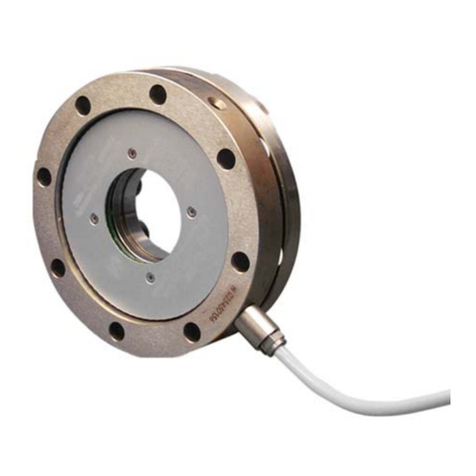
HBM
HBM TB1A Mounting instructions

Camille Bauer
Camille Bauer SINEAX U553 operating instructions

Daiichi Electronics
Daiichi Electronics FAETT2-92A-33 instruction manual

Veris Industries
Veris Industries PH Series installation instructions
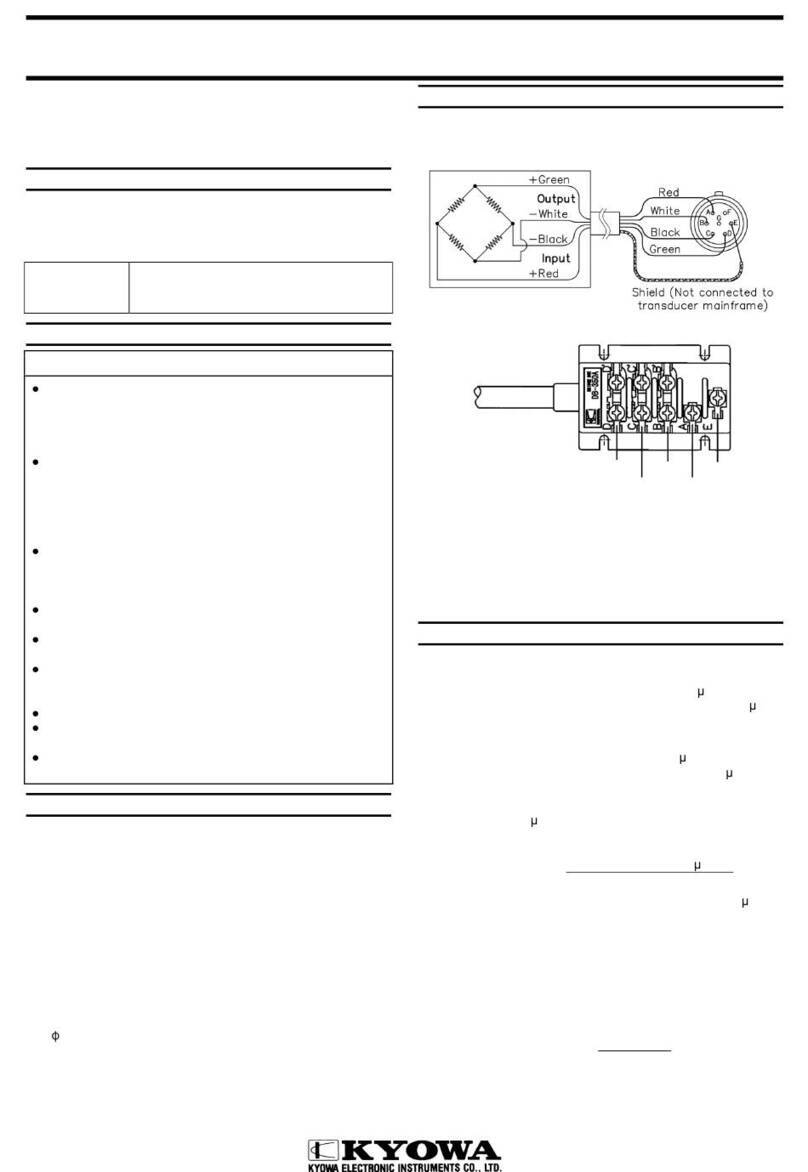
KYOWA
KYOWA BER-A-15S instruction manual
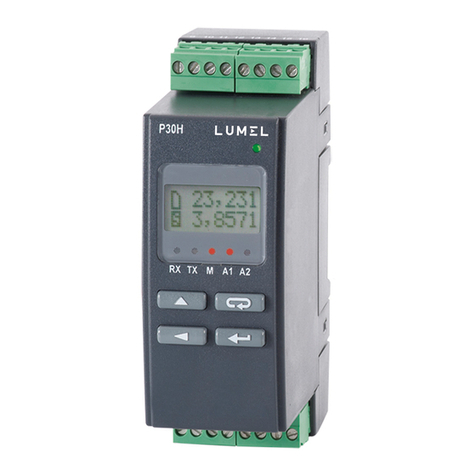
Lumel
Lumel P30H User Manual & Quick Start
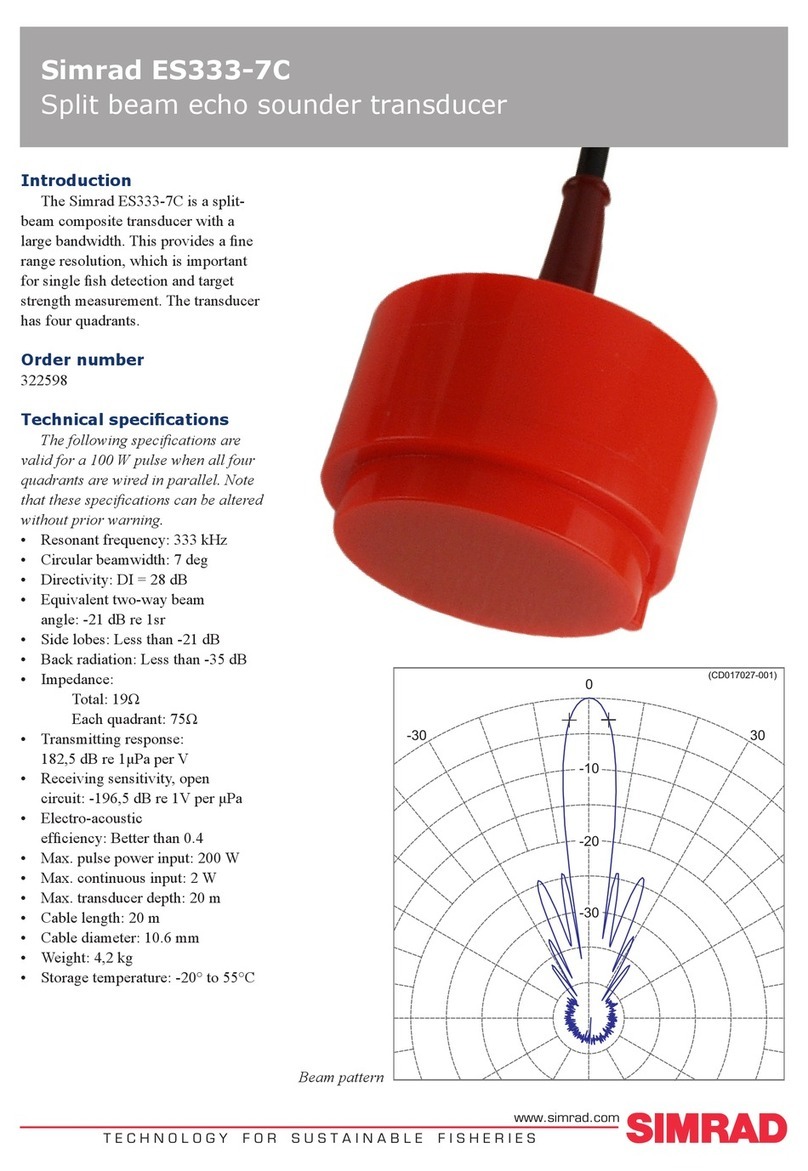
Simrad
Simrad ES333-7C - REV A datasheet
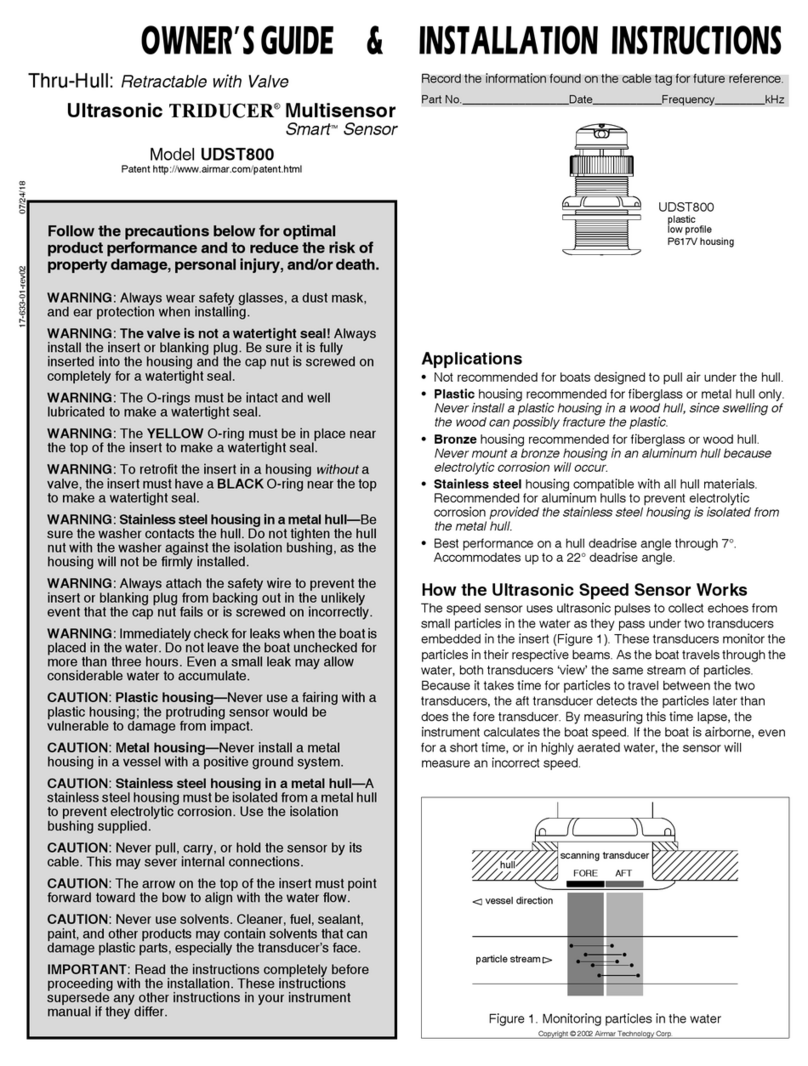
Airmar
Airmar Ultrasonic TRIDUCER UDST800 Owner's guide and installation instructions
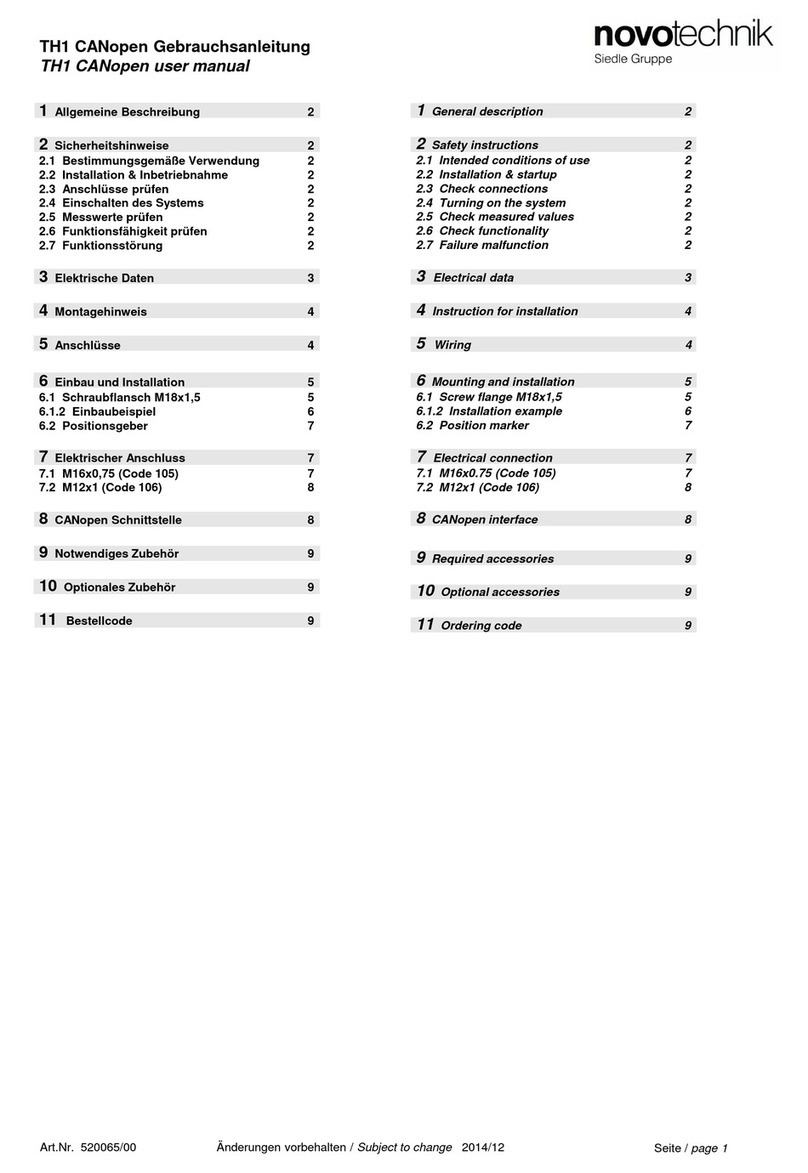
Siedle
Siedle Novotechnik TH1 CANopen user manual
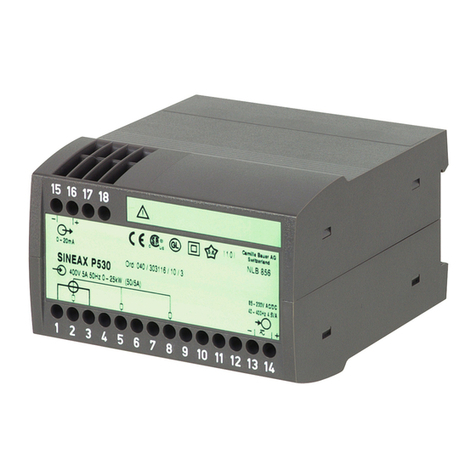
Camille Bauer
Camille Bauer Sineax p 530 operation instruction
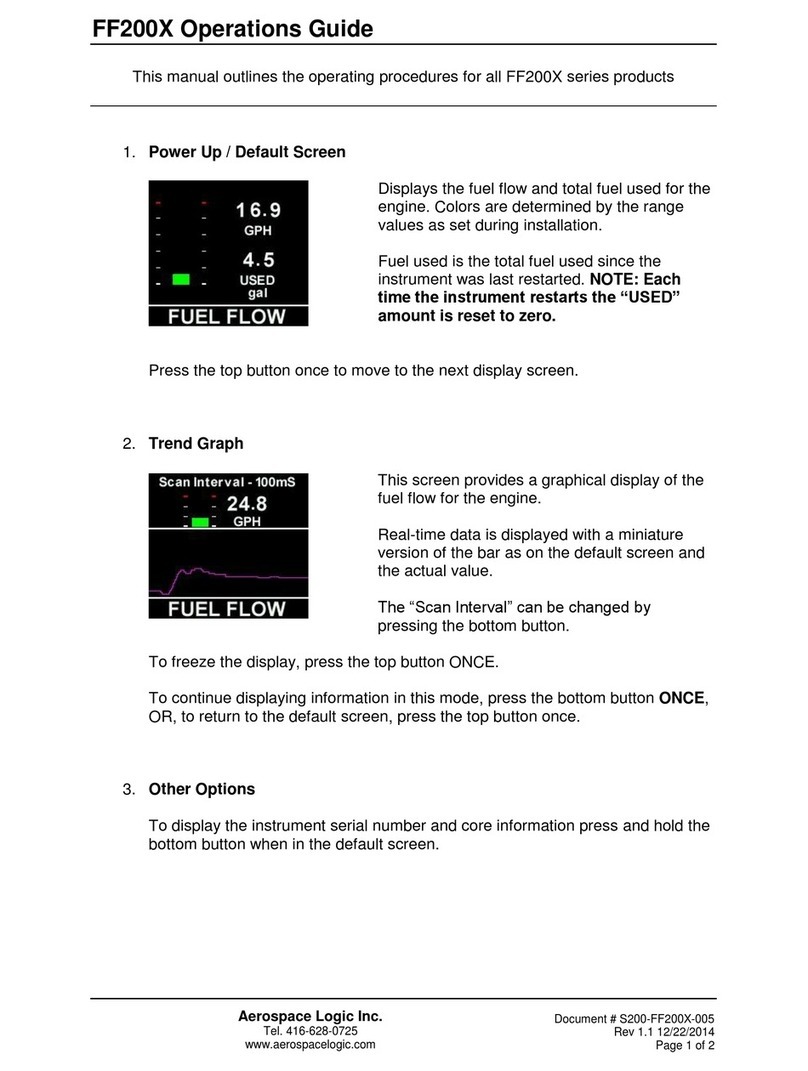
Aerospace Logic
Aerospace Logic FF200X Series Operation guide
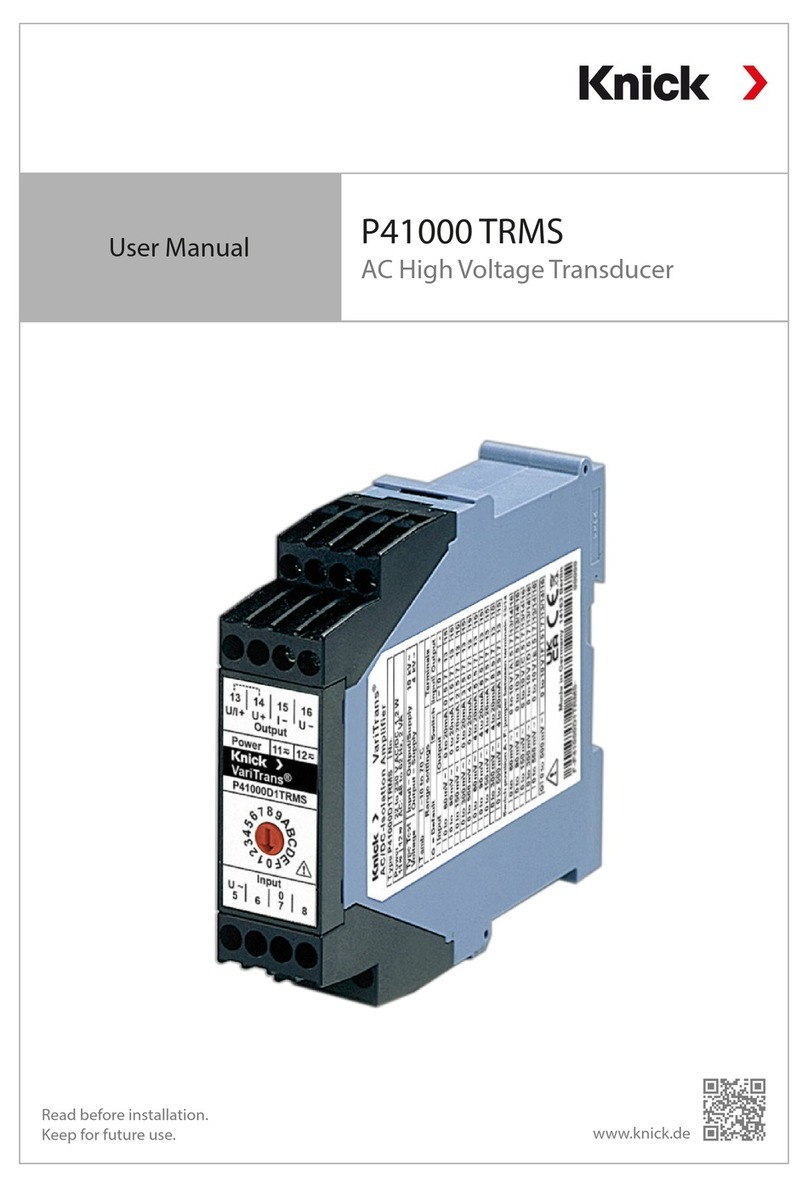
Knick
Knick VariTrans P 41000 TRMS user manual
